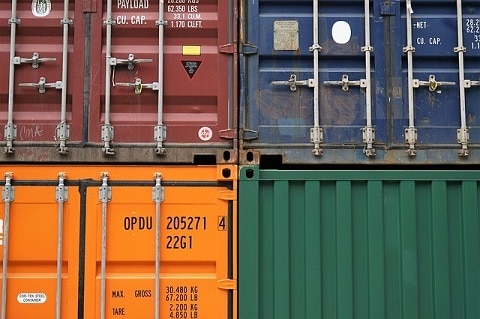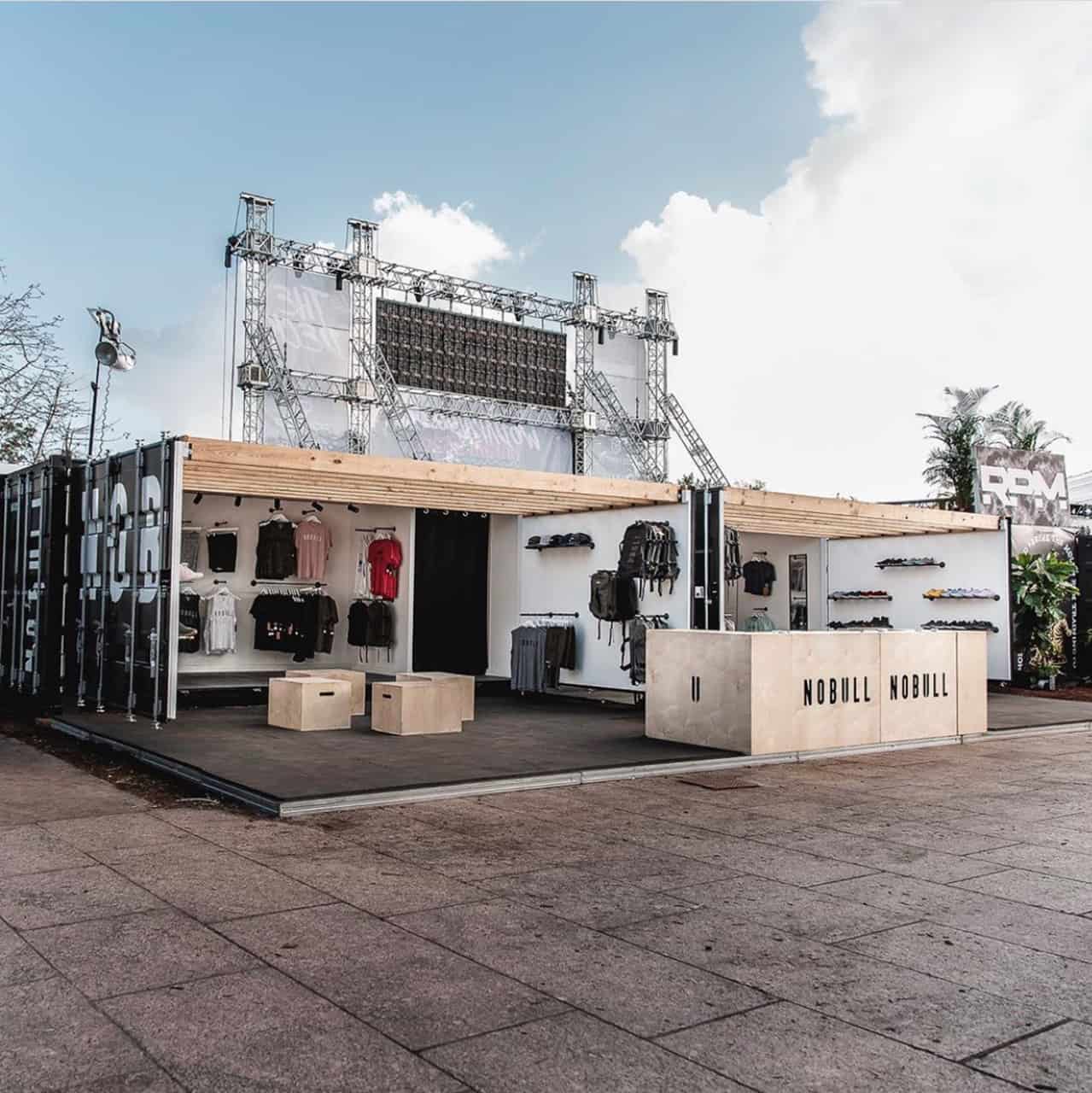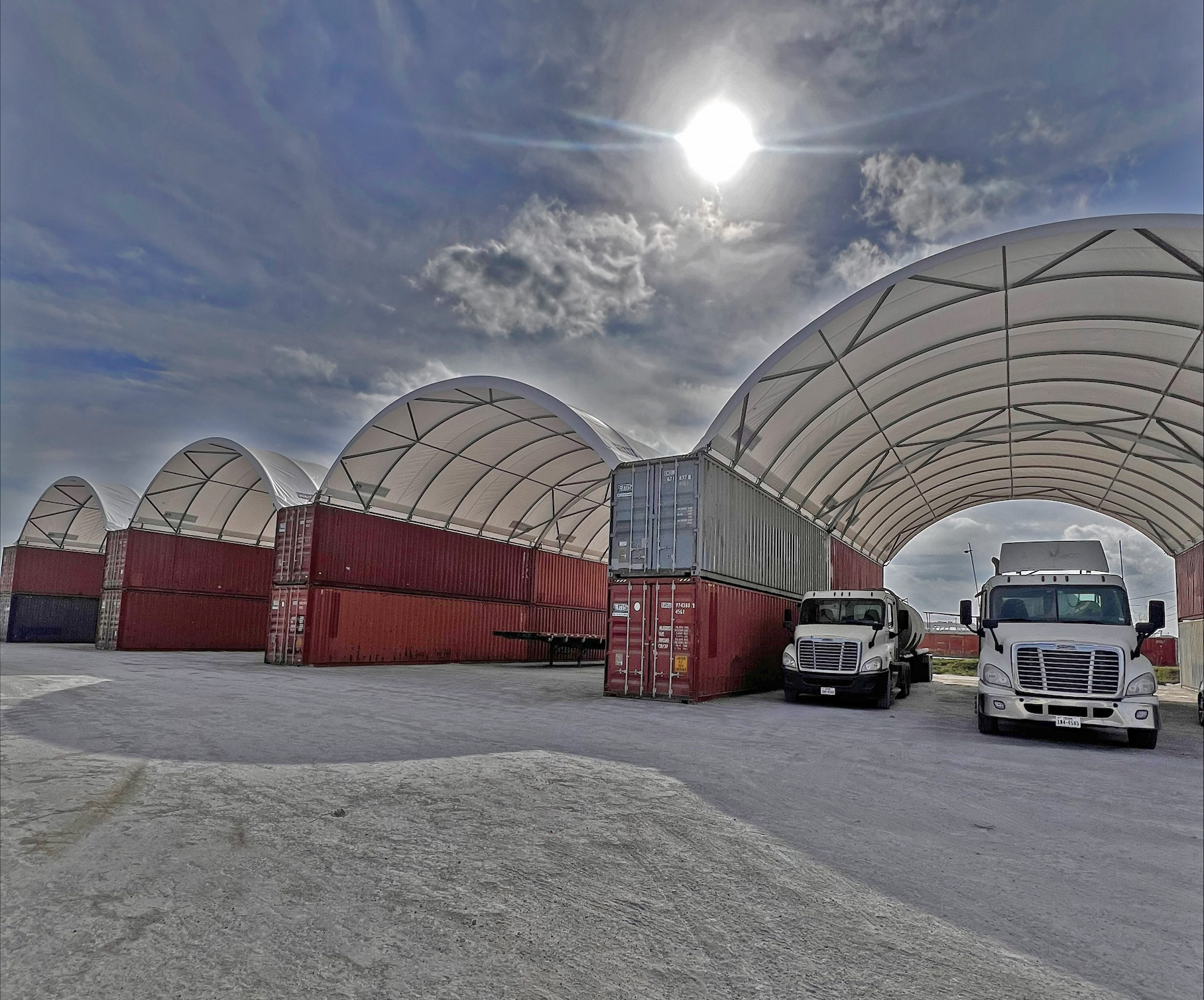Conex boxes have long been the storage and transportation solution of choice for export businesses and freight forwarders. They are also a suitable base material for various types of structure. It’s no wonder many are considering using Conex boxes for their projects. If you are planning to buy your own Conex box for sale soon, here are some of the assumptions you should never make when picking a unit.
Assuming that Any Type of Conex Box Fits Your Project
It’s not enough that you know Conex boxes come in a range of types. You also have to know that each type has a unique opening and closing mechanism. No matter how you would like to repurpose the shipping container into, this feature can affect the work required. It would also affect the way you would use the box to store and export goods. Find a Conex box type that you could easily work or modify to fit its intended purpose. For instance, if you need to dismantle most of the side walls, simply buy an open-side container so that you can avoid the hard job of cutting the wall, because you can just remove the door.

Assuming that the Conex Box Is Empty
If you’re going to buy a used Conex box, make sure to carefully inspect its interior first. Some used Conex boxes still have contents in them, leftover from the previous trip. Apart from the excess products left uncleaned in the container, you may also find insulation, flooring, and other fixtures still intact. If you end up buying one of these containers, you will still need to spend on dismantling and cleaning. So make sure that the inside of the box you are planning to buy is really empty before they load it on the truck for delivery.
Assuming that the Container Will Be Delivered to You
While reputable suppliers in Houston, such as Equipment Management Services, have the vehicles needed to transport the Conex box you purchased to your home, others don’t. The last thing you need is a newly bought Conex box that you will end up towing away by yourself. And it’s not just the towing that you need to worry about. Unloading the container and moving it to its intended space on your property may prove challenging as well. Whereas, if you purchase the box from a trusted supplier, all you have to worry about is setting it up on your property once delivered.
These are the most common mistakes consumers make when buying Conex boxes. It helps to do some research first before shopping around for units to make sure that you are picking the right one. Going to a trusted supplier should be the first step in the purchase process.
What to Expect When Buying a Conex Box for Sale
Now that you know what you should never assume when buying a Conex box, it’s time to go through exactly what you can expect when purchasing one. There are plenty of misconceptions about Conex boxes, and while some of them may be rooted in a fair amount of truth, others are simply the product of guesswork and speculations.
If you are interested in a Conex box for sale but are still on the fence if it is right for you, read on to learn more about what you can expect from one.
- They can be highly customized.
If your idea of a Conex box is defined by the solid shipping containers you see on docks or transported by big trucks, you’ll be surprised by the amount of customization that can go into one. As Conex boxes are used for a wide variety of purposes today, they can be highly modified to best suit their intended use.
Many Conex boxes for sale are either used containers or one-trip containers, but top suppliers also build brand new ones. One advantage of new containers is that they are easiest to customize. You can specify the size, the color, and the accessories you need, and the supplier will build your Conex box just the way you want it.
If you’re buying a used container, you can still do a wide range of modifications on it. Planning to use the box as office space. You can add doors, windows, and the right ventilation system. Making a home out of a container? Your supplier or modification expert can add a loft, partition, or any other permanent or temporary feature you need to make the space more conducive for living and to support your lifestyle. Your lot is sloped? The supplier can find a way to prop up the container securely.
You can also have the container repainted to the color you want, or even add graphics or a logo. You can install a skylight, build additional floors using more containers, or convert one side of the box to an all-glass wall panel. The possibilities are endless.
- They are very durable.
Conex boxes are made from steel, and that alone should tell you that they can last a long time. Keep in mind that the original purpose of Conex boxes is shipping, so they’ve been built and designed to withstand the harsh elements at sea, as well as heavy-duty handling and cargo. While steel can corrode, the type of steel used in Conex boxes was formulated specifically to resist corrosion. This does not mean, however, that they will not rust.
When used in shipping, the typical lifespan of steel containers is around 10 to 12 years. Once they’re retired and repurposed for less grueling uses, such as for storage or for homes, they can last another 10 years. A brand new or a “one-trip” container can be used for at least 25 years. A container home that has been properly cladded and treated is known to last more than 50 years.
- They’re built for stacking.
Some people worry that stacking containers may weaken them. Again, you only have to look at shipping yards to see that this is not true. Conex boxes are built for strength and have been designed to resist damage from stacking. The container’s undercarriage is made of reinforced steel beams, and the corrugation on the panels provide additional strength. To give you an idea of how much weight a Conex box can support, a 20-foot container can withstand more than 60,000 pounds. The larger the cube, the more weight it can hold.
Containers do deteriorate over time and used ones that have journeyed across the ocean several times may show advanced signs of wear and tear. Therefore you should buy your Conex boxes only from reputable suppliers who follow strict quality control measures in inspecting and screening used containers before putting them on the market. It’s also advisable to hire an inspector to check the condition of a container before you buy it.
- They are weatherproof and pest-proof.
If you live in a place like Florida or anywhere near the coast and constantly worry about hurricanes beating against your home, perhaps you should consider moving into a container home. With their strength and durability, Conex boxes can withstand the harshest storms and the strongest winds. In fact, they’re far sturdier than traditional houses and buildings. You can rest easy knowing your roof will not collapse or get blown away.
Container homes are also resistant to rodent and bug infestations, as well as other conditions that can take a toll on regular structures. Because of their inherent strength and durability, you might even get the nod of insurance companies for a discount, especially if you live in a hurricane-prone area.
- They are secure.
Security is another advantage you get from Conex boxes. Products from trusted suppliers come with advanced lock mechanisms or security doors that are very difficult to break. If you need additional safety measures, investigate installing padlock hasps or a premium lock for an additional fee. It’s also a good idea to secure your windows with metal bars.
- They are highly livable.
One wrong assumption some people have about container homes is that they’re too hot to be livable. If you’re talking about unmodified shipping containers, then this is certainly true. To protect the cargo they hold, these boxes are designed to be watertight and weatherproof.
However, when the box has been modified into a home or office, keep in mind that the container serves only as an envelope that can be separated from the interior with proper insulation. Additionally, you can keep the space cool with air conditioning, or you can ensure proper ventilation and air flow by installing windows. Certain techniques can also prevent the steel exterior from heating up too much, such as adding shade or using cool roof coatings.
- They are affordable yet are also used in high-end homes.
The very first container houses were built by people looking for a more affordable way to own a home. Construction and real estate costs today are undeniably high—to the point that many can no longer afford a traditional home. Conex box houses offer a radical but highly viable alternative. This is particularly true for houses built from used containers, which cost considerably less than brand new ones.
Additionally, if you have the right carpentry and engineering skills, you can construct the home yourself, especially when you’re not looking to build something complicated. A do-it-yourself container home can save you thousands of dollars.
Of course, this is not to say that container homes can only be used in low-cost or DIY homes. In fact, because of their aesthetic qualities, even affluent individuals are building their own container homes. Do a quick search on the internet and you’ll find million-dollar properties that make use of Conex boxes. Container homes have a very modern, industrial feel that appeals to people who want something different and cutting edge for their abodes.
- They are eco-friendly.
Container homes and offices are perceived to be green alternatives, which make them highly attractive to eco-warriors and other environmentally conscious individuals. Making a home out of used containers is a highly visible and eye-catching example of reusing what would otherwise be waste material. Additionally, as steel lasts a long time, it will take years before you will need another container. This helps in minimizing construction waste, therefore reducing your carbon footprint.
When you use a brand-new Conex box, the environmental benefits are obviously diminished. However, container homes are simpler to build, and they use less materials, so construction wastes are not as great as in traditional buildings.
- They need protection from rusting.
As previously mentioned, Conex boxes are not immune to rusting. Most shipping containers are made of Cor-ten steel, or weathering steel. Cor-ten is short for “corrosion resistance” and “tensile strength”—qualities that the material possesses. This type of steel cannot prevent rusting altogether, but it can delay its onset for a long time.
In addition, Conex boxes may also be protected from rusting by coating it with the right finish, such as zinc paint. If the coating is scraped off, it could lead to widespread rusting. Always check the surfaces of your Conex box for scratches and recoat the affected areas with protective paint.
If rusting has occurred, treat it by grinding or sand blasting, then repaint the treated area. If the rusting is too severe and has gone beneath the surface, it can affect the structural integrity of the steel, and you may have no other choice but to discard the container.
For Cor-ten to do its job of resisting rust, it must be regularly exposed to both wet and dry conditions. An area with salt-laden air or too much fog or humidity may not be ideal for a container home, as the steel will constantly be exposed to moisture. On the other hand, an area with too much heat and too little rainfall can also be detrimental to Cor-ten. If you live in these climates, protect your container home by planting trees around it or by cladding.
- They are portable.
One of the best things about owning a Conex box office or home is that you can take them with you when you move to another place. After all, Conex boxes were originally made to transport cargo.
If you have a mobile lifestyle and you enjoy traveling, you can bring your container home anywhere you like as long as its basic structure is kept intact and it is bolted, not welded, to the foundation. A flat-bed truck is the most common means of transporting containers on land, but they can also be towed by a trailer. You can even ship your home internationally. Just be aware of the paperwork that you’ll need.
- They give you plenty of flexibility.
Need a bigger space than your current container home currently provides? No problem. Simply stack another Conex box on top and you have a second story. Alternatively, you can place the containers side by side if you prefer a horizontal expansion.
For a truly structural design, you can play around with the angles of the containers. Or you can have two or more Conex boxes separate from each other. Perhaps you want a man cave or a home office with plenty of privacy. If they can fit your lot, you can have a few detached units that will give you all the isolation you need.
- They can be built faster and off-site.
Traditional homes often take months—even years—to build. Not so a Conex box home. One can be finished in as short as four to ten weeks. You don’t need to wait long for your home or office to be ready.
In addition, because they are portable, Conex box homes and offices can be built off-site and delivered to the address you choose. This can be an advantage if building onsite is difficult, perhaps because of space constraints or logistics concerns. Just make sure your supplier or modification expert has delivery service. If not, you need to make the necessary arrangements for the delivery, such as booking a truck or trailer to haul your Conex box.
- They come in various sizes.
The standard Conex boxes are either 20 feet or 40 feet in length, 8 feet in width, and 8 feet 6 inches or 9 feet 6 inches in height. However, you can also find containers with different lengths, some as long as 53 feet. The 40-feet containers are the most common, and generally considered to have the best value. If you’re buying a brand-new Conex box, you can specify the size you want.
The growing popularity of Conex boxes as materials for homes, offices, or other structures only shows that more and more people are finding them highly desirable and attractive. Gritty, sturdy, and highly versatile, they have demonstrated that not all utilitarian objects are boring. If you’re considering buying one, take note of the details provided here, and use them as guide in buying the Conex box that best matches your needs.
Sources:
5 Mistakes To Avoid When Building A Shipping Container Home, containerhomeplans.org
Shipping Container Homes: Cargotecture Pros and Cons, Freshome.com
10 Things You Need To Know Before You Buy A Shipping Container, OffGridWorld.com
9 Shipping Container Homes You Can Buy Right Now, SFGate.com









